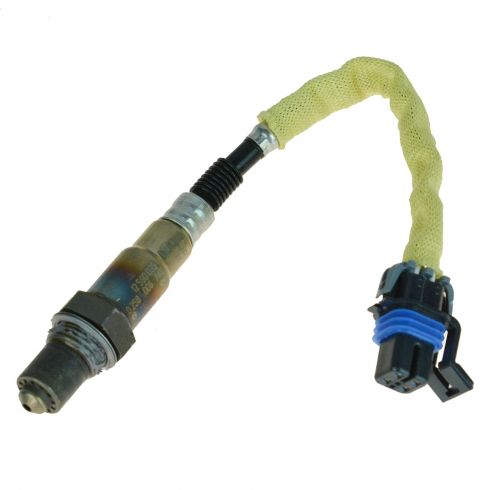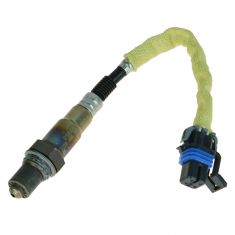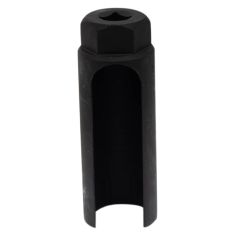ACEOS00004-Cadillac CTS SRX STS O2 Oxygen Sensor ACDelco 213-2823



Replaces
2009 Cadillac STS V6 3.6L Downstream O2 Oxygen Sensor ACDelco 213-2823


Recommended for your 2009 Cadillac STS
Frequently bought together
Product Reviews
Loading reviews
Customer Q&A
No questions have been asked about this item.
Cadillac is a registered trademark of General Motors Company. 1A Auto is not affiliated with or sponsored by Cadillac or General Motors Company.
See all trademarks.















